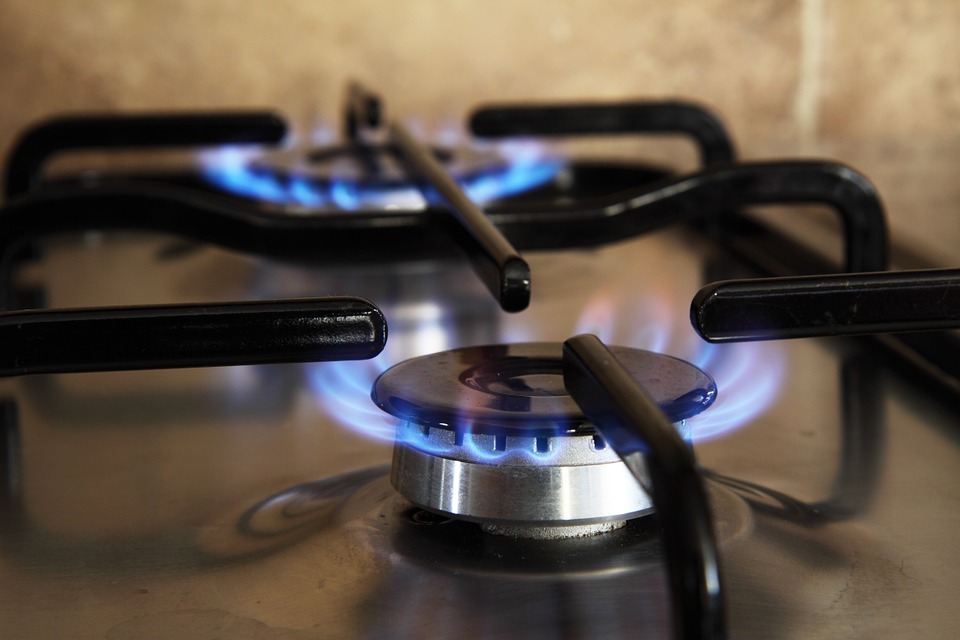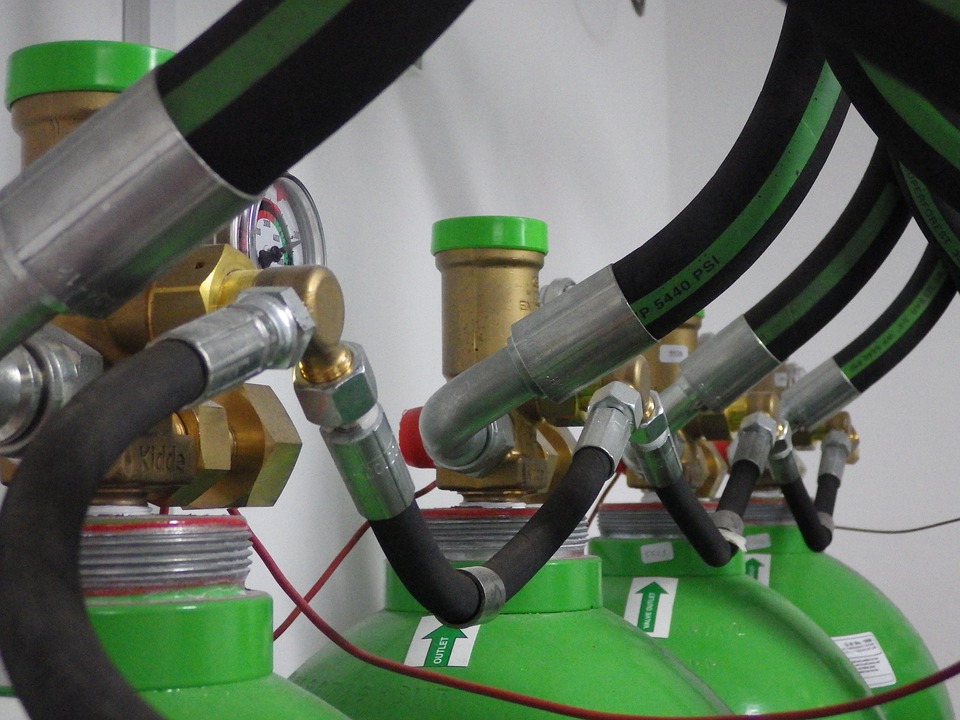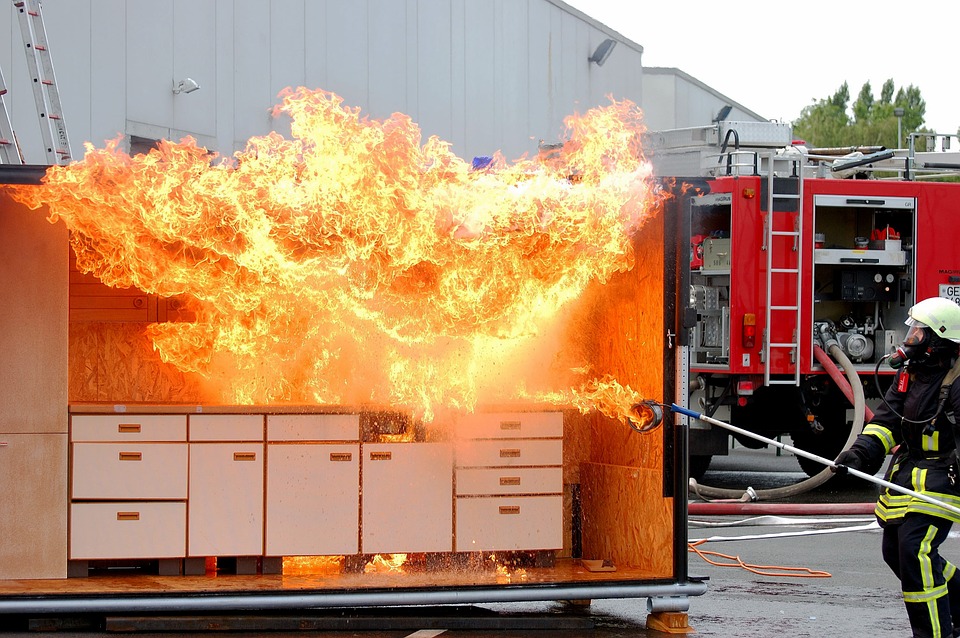For restaurant managers and owners, their kitchen is the heart of their livelihood. It is where their best chefs labor away and where the distinct food that keeps customers coming back time and time again is made. Nevertheless, where there is heat, there is the risk of fire.
Fires tend to happen in a restaurant than almost any other kind of businesses. With regular exposure to high heat, fires can break out for several reasons. Regardless of why a fire breaks out, what is important is suppressing the fire as fast as possible. Water usually is not an option, as grease fires tend to spread with the inclusion of water, while extinguishers may ruin all of the food and products inside of the kitchen when unnecessary.
Restaurant fire suppression systems offer an ideal way of putting out a fire efficiently and quickly. If you are searching for a suppression system, or are looking into the restaurant business and want to know how best to protect your financial investment, the most efficient restaurant fire suppression systems provide you this security.

Your First Line of Defense
As per the National Restaurant Association, 57% of all restaurant fires involve cooking equipment. Aptly training your staff, mopping up grease, and having a fire extinguisher handy when a fire breaks out in other conditions is still vital, but you can cut down your fire risk by nearly 60%. Hence, the fire suppression system instantly becomes your first line of defense. You just need to learn more about it and how it works.
The Basics of Restaurant Fire Suppression Systems
Various brands provide slightly different features. For the most part, a suppression system will offer you with the typical basic features. The suppression system links to both the hood over your cooking station and the gas line running through the cooking station. If the fire suppression system is triggered, the gas line automatically shuts fire suppression systems off. This kills the fuel source of the fire. Now, depending on the fire, it may still burn on and threaten to spread. Due to this, there is a secondary defense level to the system, designed to put out the remaining flames.
Easy to Use With Manual Options
Restaurant fire suppression systems are typically easy to use. Much like the sprinkler system running through buildings, the suppression kicks on when it senses flames and growing heat. Different systems have different ways of detecting a fire, so be sure to check into this when discussing the installation with a service provider. Once tripped, the two-prong approach starts quickly to kill the fuel source while dousing the flames. This keeps potential financial loss to a minimum, with only the food on the cooking surface ruined.
Manual activation should also come as an option. As is the case of fires when a sprinkler system is present, if the designated detector is not activated, the nozzle system may not turn on until the fire has spread further than the cooking surface. To stop this from happening, a manual activation point on the restaurant fire suppression systems lets an operator turn on suppression, killing the flames quickly.
When is a Fire Suppression System Necessary?
Not all restaurants have a fire suppression system installed. When is it needed to have such a system installed? In any industrial kitchen, it does not matter the area, it is a safety precaution. From a football stadium to fast food kitchens and basically anywhere else in between, kitchen fires can quickly burn out of control. With most fires breaking on the cooking surface, having a system in place that douses the fire without shutting down the kitchen allows staff members to clean up and go back to work, without customers ever knowing of the predicament in the kitchen.

Finding the Right Restaurant Fire Suppression Systems
Suppression systems are available in many different sizes. Such a system is commonly installed into the current hood of a kitchen. This lets the installation service providers adjust the size of the system and the amount of liquid fire suppressant available. While no two restaurants are exactly the same, most kitchens share similar traits, so having this kind of system installed is easy and can be customized to fit the restaurant’s needs.
